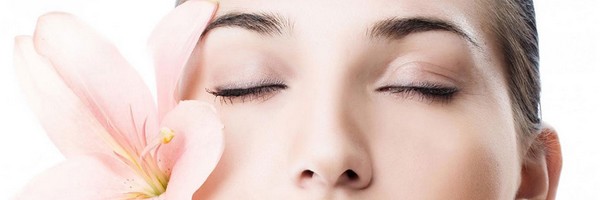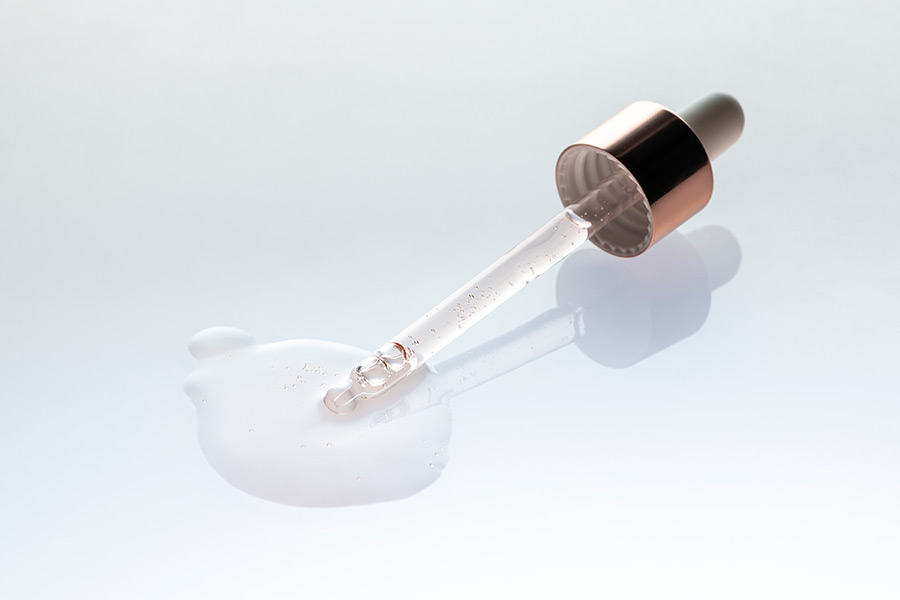What is Melanin?
Melanin is the brown pigment that produces the various shades and colours of human skin. Colouration (pigmentation) is determined by the amount of melanin in the skin. Without melanin, the skin would be pale white with shades of pink caused by blood flow through the skin.
Fair-skinned people produce very little melanin, darker-skinned people produce moderate amounts, and very dark-skinned people produce the most. People with albinism have little or no melanin and thus their skin appears white or pale pink. Usually, melanin is fairly evenly distributed in the skin, but sometimes people have spots or patches of skin with more (or less) melanin. Examples of such spots include freckles, age spots (lentigines), and melasma.
Melanin is produced by specialised cells, called melanocytes, that are scattered among the other cells in the top layer of the skin, the epidermis. After melanin is produced, it spreads into other nearby skin cells.
Watch our short Video on Melanin:
Pigment disorders
Pigment disorders can be widespread and affect many areas of skin, or they can be localized and affect only certain areas of the skin. The changes they cause are called:
Depigmentation is a loss of pigment; the skin will appear white.
Hypopigmentation is an abnormally low amount of melanin. The skin will be lighter than the surrounding skin.
Widespread hypopigmentation or depigmentation is most often caused by albinism and vitiligo. Hypopigmentation also can be caused by previous injury to the skin, such as a blister, ulcer, burn, exposure to a chemical, or skin infection; inflammatory conditions of the skin (such as atopic dermatitis or psoriasis) or sometimes rare hereditary conditions.
Hyperpigmentation is usually caused by an abnormally high amount of melanin, but sometimes it is caused by other pigmented substances that are not normally present in the skin. The skin is darker and is sometimes a different colour than it should be. Hyperpigmentation can be caused by disorders that cause Inflammation, certain medications and drugs, exposure to sunlight, or pregnancy and other hormonal changes: Melasma or Chloasma.
How to treat pigment disorders
- Chemical peels and laser therapy can be carried out by a professional.
- Topical products that are suggested:
SPF
Most important is a good sunblock, preferably with a SPF 50 or higher that contains zinc oxide or titanium dioxide. These block and reflect the UV rays that lead to damage, pigmentation, and oxidative stress in the skin.
Vitamin A
Vitamin A has been shown to help increase collagen production, reduce the appearance of fine lines, improve the texture of the skin, and most importantly for pigmentation sufferers, reduce the appearance of hyperpigmentation. Take a look at Neoretin’s amazing ingredient properties (contains Vitamin A, at: Pigment Lightening and Reducing Topical Products.
In addition, there are a number of ingredients to look out for that help to reduce pigmentation:
Alphahydroxy acids (glycolic, kojic acid)
Vitamin C
Liquorice extract
Bearberry
Mulberry extract
Salicylic acid, Hydroxyphenoxy Propionic acid, Ellagic Acid
There are a number of skin pigment topical treatments out there and we have brought you products that are backed by science. Take a look at what we have to solve pigmentation issues at: Shop by Skin Concern -> Pigmentation





thanks for the great info, really love the video
very informative, really explains it well, thank you
i would like to echo sharon’s comment – well done dr alek
What an informative article, thank you for the info and advice